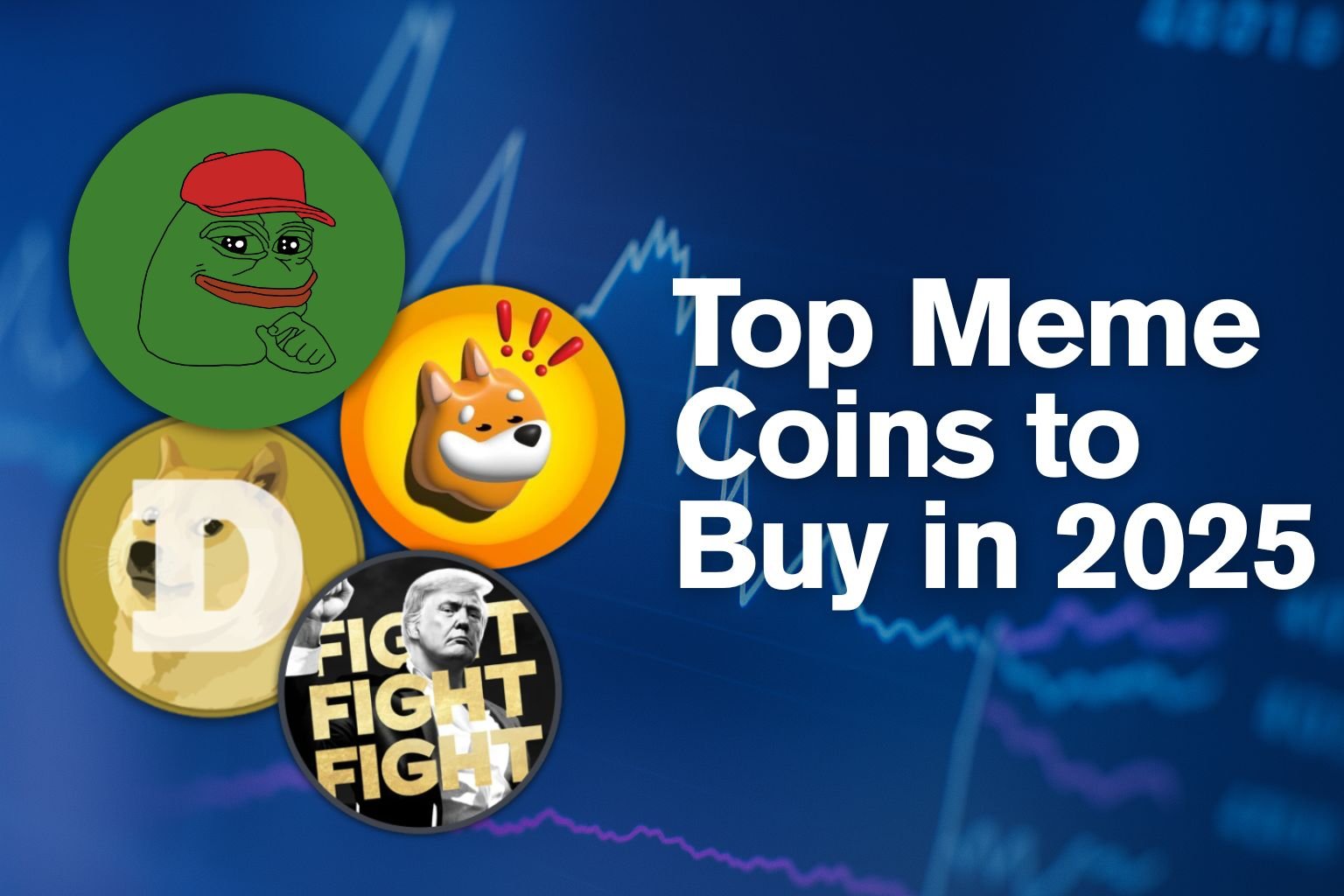Harmony
Download app Ironwallet and get tool for making transaction without network fee
About Harmony
Harmony is an open and fast blockchain platform designed to facilitate the creation and use of decentralized applications (dApps). The network aims to offer high throughput, low fees, and instant finality to improve usability for billions of people.
History and Development of Harmony
Harmony was founded in 2018 by Stephen Tse and team. The whitepaper was published in May 2019, followed by an initial exchange offering on Binance LaunchPad where it raised $5 million. The Harmony mainnet was officially launched in June 2019.
Since launch, the team has focused on building partnerships, integrations and growing its ecosystem. Major milestones include integrating with Binance Chain and Huobi ECO Chain, launching Horizon Bridge for cross-chain transfers, and introducing numerous staking options.
Key Features of Harmony Network
Some of the key features and technical innovations of Harmony include:
- Fast throughput – Can process 10,000+ transactions per second with 2-second finality.
- Secure sharding – Reshards network randomly every 24 hours for better security.
- Efficient Consensus – Uses Fast Byzantine Fault Tolerance (FBFT) with Adaptive Root protocol.
- Cross-chain bridges – Allows transfers across chains like Ethereum, Binance Smart Chain with Horizon Bridge.
- Effective Proof-of-Stake – Uses Verifiable Random Function (VRF) for unbiased and secure staking.
Consensus Protocol
Harmony uses a novel consensus protocol called Fast Byzantine Fault Tolerance (FBFT) combined with Adaptive Root to offer both security and speed. The network is sharded to offer scalability without compromising decentralization. The shards are reconfigured randomly to prevent any shard attacks.
The FBFT consensus offers provable finality within 2 seconds so applications instantly reach settlement on Harmony. The focus has been on enhancing decentralization and security of the network.
Native Token ONE
The Harmony blockchain has a native token called ONE. It is used to pay fees on the network, for staking and governance. The total supply is 13.2 billion ONE tokens. In 2022, Harmony introduced EPoS which combines the Proof-of-Stake and Effective Proof-of-Stake mechanisms for better rewards and security.
Staking ONE currently offers ~10% annual returns. Validators have to stake at least 10,000 ONE to operate a node while delegators can stake any amount. Harmony aims to offer the benefits of staking to everyday users through this mechanism.
Use Cases and Adoption
Harmony is designed as a high-performance blockchain for the decentralized economy with three main use cases – decentralized finance (DeFi), non-fungible tokens (NFTs) and the metaverse.
It powers applications like dapps, DAOs, tokenized assets, liquidity protocols across these verticals. Leading DeFi apps like SushiSwap, Aave, Curve are deployed on Harmony. It has become popular amongst developers due to its Ethereum Virtual Machine compatibility.
Adoption is also growing especially in Asia. Harmony has partnered with governments like Indonesia and UAE as well as brands like Animoca Brands, Leo Burnett, etc.
Roadmap and Future Plans
Harmony has an extensive 2022 roadmap focused on growth across all verticals. Key focus areas include expanding bridges like ETH, BSC, Cosmos, adding metaverse SDKs and NFT support, growing DeFi ecosystem via grants and funding, and launching FIAT on/off ramps.
The team is planning to enable cross-metaverse asset transfers as well as explore zero-knowledge proofs for greater privacy on the network. With increasing developer demand, Harmony ecosystem growth is projected to rapidly rise.
Trading and Storing ONE
The ONE token is now listed on major exchanges like Binance, Coinbase, Kucoin. Users can easily buy ONE with fiat or crypto. It can also be stored in crypto wallets like Metamask, hardware wallets and Harmony’s native wallet.
To participate in staking, ONE has to be staked through the native wallet or centralized exchanges like Binance, Crypto.com, etc. These allow delegating to validators to earn staking rewards.
Criticisms and Challenges
Some criticisms of Harmony include high competition in the sharding space from projects like Near, high staking centralization on exchanges currently and concerns around community engagement by the core team.
As adoption increases, the team needs to focus on improving security against hacks, enhancing decentralization and enabling more community-led development. Better branding and marketing outreach can also help grow the developer community.
Harmony offers one of the most scalable and cost-effective blockchain platforms with high throughput and fast finality. As the Web3 and metaverse ecosystems evolve, Harmony is well-positioned with a strong technical architecture and continued innovations. Wider adoption and usage of the network over the coming years could cement its place as a leading smart contract platform.




















